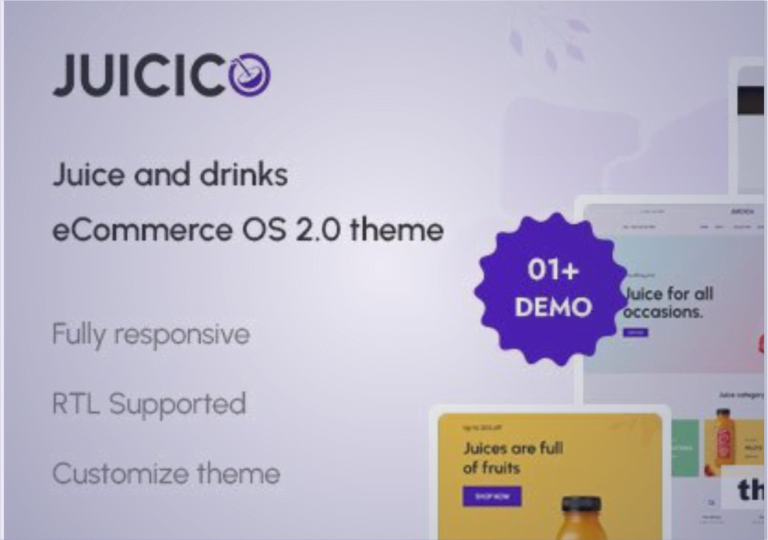Running Multiple Direct Marketing Campaigns
Direct marketing is an effective method for firms that want to interact with their target audience and produce leads or sales via direct communication. Direct marketing initiatives, whether by email, social media, direct mail, or telemarketing, enable businesses to send targeted messages to particular parts of their target audience. Running many direct marketing campaigns concurrently may dramatically increase your reach and results, but it also takes careful planning, coordination, and execution to minimize confusion and ensure that each campaign meets its goals.
The most popular types of direct marketing include social media, telemarketing, email, direct mail, and SMS marketing. Every channel has advantages and disadvantages, and the best one to use will rely on a number of variables, including the target demographic, the campaign’s objectives, and the available funds. Using these channels concurrently to run numerous direct marketing campaigns generally entails advertising various goods or services or focusing on distinct audience segments.
What Is A Direct Marketing Campaign ?
A Direct Marketing Campaign is a strategy that allows firms to engage directly with a specific audience in order to promote products, services, or messages. The fundamental purpose of direct marketing is to elicit a specific reaction from the receiver, such as purchasing a product, signing up for a service, visiting a website, or seeking additional information.
Direct marketing is more focused and more individualized than more general kinds of marketing, like mass advertising, and it enables companies to interact with certain customers or audience segments. It’s critical to comprehend the basics of direct marketing before delving into the operational aspects of managing several campaigns. In order to urge a certain action, such completing a purchase, subscribing to a newsletter, or seeking additional information, direct marketing entails speaking with potential consumers face-to-face.
Unlike mass marketing, which targets a large number of people, direct marketing is highly focused and frequently individualized to the recipient’s requirements and preferences. This article offers a thorough approach to running several direct marketing campaigns successfully, including everything from campaign strategy and segmentation to execution, tracking, and optimization.
Planning Your Campaigns
Successful direct marketing efforts are mostly dependent on careful planning, particularly when handling several projects at once. Clearly defining each campaign’s goals is the first stage in the planning process. These goals might be anything from raising brand awareness to boosting lead generation, improving sales of a particular product, or increasing website traffic.Determining the target audience for any campaign is essential after the objectives have been established. To make sure that the correct individuals hear your message, segmentation is essential.
Demographics, purchasing history, behavior, and hobbies may all be used to segment customers. For example, a firm selling outdoor gear may launch two campaigns: one for adventurers searching for trekking equipment and another for families shopping for camping gear. After determining the objectives and audience, select the best marketing channels for each campaign. Email marketing may be appropriate for one sector, whilst social media advertising may be more effective for another.

Channel selection should be based on where your target audience is most engaged and how they like to receive communication. Setting a budget for each campaign is also a crucial part of planning. Running several campaigns may be resource-intensive, so it’s critical to plan your budget carefully. Consider the cost of creative development, media purchasing, list acquisition, and other campaign-related expenditures. Prioritize initiatives that are consistent with your entire marketing strategy and have the most potential for return on investment.
Creating Compelling Content
The success of any direct marketing campaign hinges on the quality of the content. When running multiple campaigns, it’s important to ensure that each campaign’s content is tailored to its specific audience and objectives while maintaining a consistent brand voice. Start by crafting a compelling message that clearly communicates the value proposition of your offer. The message should be concise, engaging, and designed to elicit a response from the recipient.
For email marketing campaigns, this might involve writing a subject line that grabs attention and body copy that drives action. For direct mail campaigns, the design and copy should work together to capture the reader’s interest and lead them toward the desired action. Personalization is a powerful tool in direct marketing. Use the data you’ve gathered during the segmentation process to personalize the content of each campaign. Personalization can be as simple as addressing the recipient by name or as complex as tailoring the entire message based on their past behavior or preferences.
Personalized content is more likely to resonate with the audience and drive higher engagement rates. Visual elements are equally important in creating compelling content. Whether it’s the design of an email, the layout of a direct mail piece, or the imagery used in social media ads, visuals should complement the message and reinforce your brand identity. Consistency in visual branding across all campaigns helps build brand recognition and trust with your audience.
Coordinating Campaigns Across Channels
Running multiple direct marketing campaigns requires seamless coordination across different channels to ensure that each campaign complements the others rather than competing for attention. This is where a cohesive marketing strategy comes into play. Begin by mapping out a timeline for each campaign. Consider the launch dates, duration, and key milestones for each campaign. It’s important to stagger the timing of campaigns to avoid overwhelming your audience with too many messages at once.
For example, if you’re running an email campaign and a direct mail campaign targeting the same audience, you might want to send the direct mail piece first and follow up with an email reminder a few days later. Integrated marketing is a strategy that can help you coordinate multiple campaigns effectively. This approach involves aligning all marketing efforts to deliver a unified message across different channels.
If you’re selling a new product, for instance, your scripts for telemarketing, direct mail, social media advertisements, and email marketing should all communicate the same main point while being customized for the unique requirements of each medium. Making sure that your marketing team and any outside partners (like media buyers or creative firms) agree on the objectives and schedules for each campaign is another crucial component of coordination. To handle any concerns that may occur throughout the campaign and to keep everyone informed, regular updates and contact are crucial.

Monitoring and Measuring Campaign Performance
Tracking the performance of your direct marketing campaigns is crucial to understanding their impact and making informed decisions for future campaigns. When running multiple campaigns, it’s important to establish clear metrics for success and to monitor these metrics regularly. Start by defining the key performance indicators (KPIs) for each campaign. Common KPIs for direct marketing campaigns include response rates, conversion rates, cost per lead, and return on investment (ROI).
The specific KPIs you choose should align with the objectives of each campaign. For example, if the goal of a campaign is to drive sales, the conversion rate and ROI will be the most relevant metrics to track. Monitoring campaign performance in real-time allows you to identify any issues or areas for improvement early on. If a campaign is underperforming, you can make adjustments to the messaging, targeting, or channel strategy to improve results. Conversely, if a campaign is performing exceptionally well, you may choose to allocate additional resources to maximize its impact.
Comparing the performance of different campaigns can also provide valuable insights. By analyzing which campaigns are delivering the best results, you can identify what strategies and tactics are most effective for your audience. This information can be used to refine future campaigns and ensure that your marketing efforts are continually optimized for success.
Optimizing Campaigns for Better Results
Direct marketing is a continuous process of optimization. A campaign can always be optimized for outcomes and its performance may be enhanced after it has begun. Split testing, or A/B testing, is a popular method for optimizing direct marketing initiatives. Creating two or more iterations of a marketing piece (such a call-to-action, landing page, or email subject line) and testing them with various audience groups is known as A/B testing.
By comparing the performance of each version, you can determine which one is more effective and implement it in the full campaign. A/B testing can be applied to various aspects of a campaign, including messaging, design, timing, and targeting. Another optimization strategy is to refine your audience segmentation based on campaign performance data. If you notice that certain segments are responding better to your campaigns than others, consider adjusting your targeting to focus more on those high-performing segments.
This could involve narrowing down your audience or creating more personalized content for specific groups. Finally, it’s important to continuously review and update your marketing strategy based on the results of your campaigns. Marketing is an ever-evolving field, and staying ahead of trends and consumer behavior is key to maintaining the effectiveness of your campaigns. Regularly review your goals, strategies, and tactics to ensure they align with your business objectives and the changing needs of your audience.
Conclusion
Running several direct marketing campaigns is an effective method to reach different groups of your target audience, promote distinct products or services, and achieve a variety of business goals. However, running several campaigns necessitates meticulous preparation, organization, and execution. Understanding the foundations of direct marketing, developing appealing content, employing technology, and regularly monitoring and adjusting your campaigns can help you optimize the effect of your marketing efforts and create greater outcomes for your organization.
When customers are inundated with communications from every angle, good direct marketing can break through the clutter and provide tailored, focused messages that connect with your target demographic. You’ll be well-equipped to manage several direct marketing initiatives that not only meet but surpass your goals if you adhere to the tactics described in this article.

































































1 comment
[…] Express Business Loan The Best Portfolio Tracking Software You Should Know How To Run A Multiple Direct Marketing Campaign In 2024 Things To know When […]